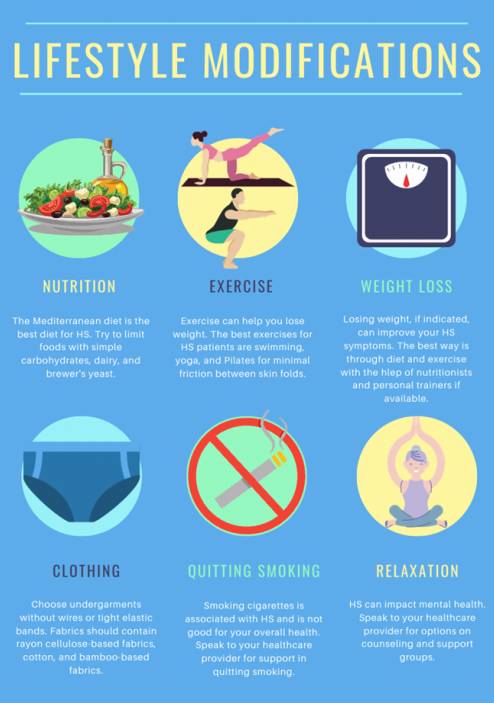Understanding Butter: Carbohydrate Content and Nutritional Information
Butter has long been a staple in kitchens around the world, primarily valued for its rich flavor and cooking properties. Many people wonder, does butter have carbs? The answer is straightforward—while butter does contain a negligible amount of carbohydrates, about 0.01 grams per tablespoon, its primary composition is made up of fats, particularly saturated fats. This has led many to explore the nutritional breakdown of butter to better understand its role in their diet.
In this article, we will delve into the butter carb content, exploring its health benefits, comparisons with margarine, and suitability for low-carb and ketogenic diets. We’ll also look at alternatives and how to incorporate butter into various culinary applications. By the end, you will have a comprehensive understanding of the nutritional value of butter and how it can fit into your dietary preferences.
Key takeaways from this article include the health aspects of butter, its benefits for a low-carb diet, and practical tips for using butter in cooking.
Butter vs Margarine: A Nutritional Comparison
When it comes to spreads, butter has often faced competition from margarine. One of the main factors influencing consumers’ choices is the butter vs margarine debate, primarily concerning their nutritional profiles. While butter is made from cream, margarine is usually made from vegetable oils and artificial ingredients, which may change its fat composition and flavor.
Interestingly, does butter contain carbohydrates? Since butter is primarily fat, its carbohydrate content is minimal, unlike some brands of margarine that may include added sugars and fillers, resulting in a higher carbohydrate count. In terms of fats, butter is predominantly saturated fat, while some margarine varieties contain trans fats, which have been linked to health risks.
This naturally leads us to another important consideration: the implications of butter in our diet. Many studies suggest that moderate consumption of butter can be part of a healthy diet, particularly when balanced with other nutrient-rich foods.
Investigating the Health Benefits of Butter
Despite past perceptions labeling it as unhealthy, current research is reevaluating the role of butter in our diets. Butter health benefits include providing essential nutrients such as vitamins A, D, E, and K2, as well as healthy fats that can aid in the absorption of these vitamins.
Moreover, butter is known for its impact on heart health and cholesterol levels. Many are curious about butter and cholesterol levels—while saturated fats can raise LDL (bad) cholesterol, they may also raise HDL (good) cholesterol, suggesting that butter could have a neutral or beneficial effect on heart health if consumed in moderation.
When considering butter in a low carb diet, it's crucial to look at the nutritional value and understand how butter serves as a keto-friendly option. Its low carbohydrate content and high-fat profile make it a prime choice for many ketogenic diets.
Cooking and Baking with Butter: Tips and Techniques
Butter plays a vital role in cooking, offering flavor and texture. Knowing how to use butter effectively can enhance your culinary creations. Whether making pastries or sautéing vegetables, understanding the applications of butter in cooking can elevate your dishes. Here are some key aspects to consider:
- Butter melting point is essential for techniques like browning and clarifying.
- Using salted vs unsalted butter can affect the final flavor of your dish, especially in baking.
- Cooking methods for butter, such as frying or basting, can impart unique flavors.
The versatility of butter extends to different recipes, making it ideal for baked goods and gourmet dishes alike. As you experiment with butter recipes, consider how it complements various ingredients and cuisines.

Exploring Low-Carb Butter Options and Substitutes
For those following a strict low-carb lifestyle, it’s beneficial to explore low carb butter options and suitable substitutes. While pure butter is naturally low in carbs, alternatives like clarified butter or ghee can provide additional health benefits without increasing carbohydrate content.
Another popular alternative is dairy-free alternatives like coconut oil or avocado oil-based spreads, which can cater to specific dietary needs while maintaining a rich flavor and texture in dishes. When choosing substitutes, it’s essential to evaluate their nutritional value and how they affect your overall macros, especially when balancing fats and proteins in your diet.
Debunking Common Myths About Butter and Health
As with many foods, myths about butter abound. Common questions include whether does butter spike insulin levels or how it relates to weight loss. Research indicates that butter may not significantly impact insulin levels when consumed as part of a balanced diet.
Additionally, many individuals are concerned about butter and diabetes. The truth is, butter can be included in diabetic diets when used in moderation, offering flavor without the carbohydrate load associated with many other spreads or oils.
Understanding the health implications of butter consumption requires a holistic view of dietary preferences and lifestyle choices. Incorporating butter thoughtfully into your daily meals can align with various health goals.

Final Thoughts: The Role of Butter in a Balanced Diet
In conclusion, butter can serve as a flavorful and nutritious addition to your diet, especially for those managing carbohydrate intake. With its low carb content, combined health benefits, and culinary versatility, butter deserves its place in various cooking traditions. By choosing the right types—whether organic or grass-fed—you can maximize the health benefits while enjoying the rich flavors butter brings.
Ultimately, understanding the nutritional value of butter and its applications can help consumers make informed decisions about their dietary choices, ensuring that they reap the benefits of this beloved kitchen staple while maintaining a balanced and healthy lifestyle.
